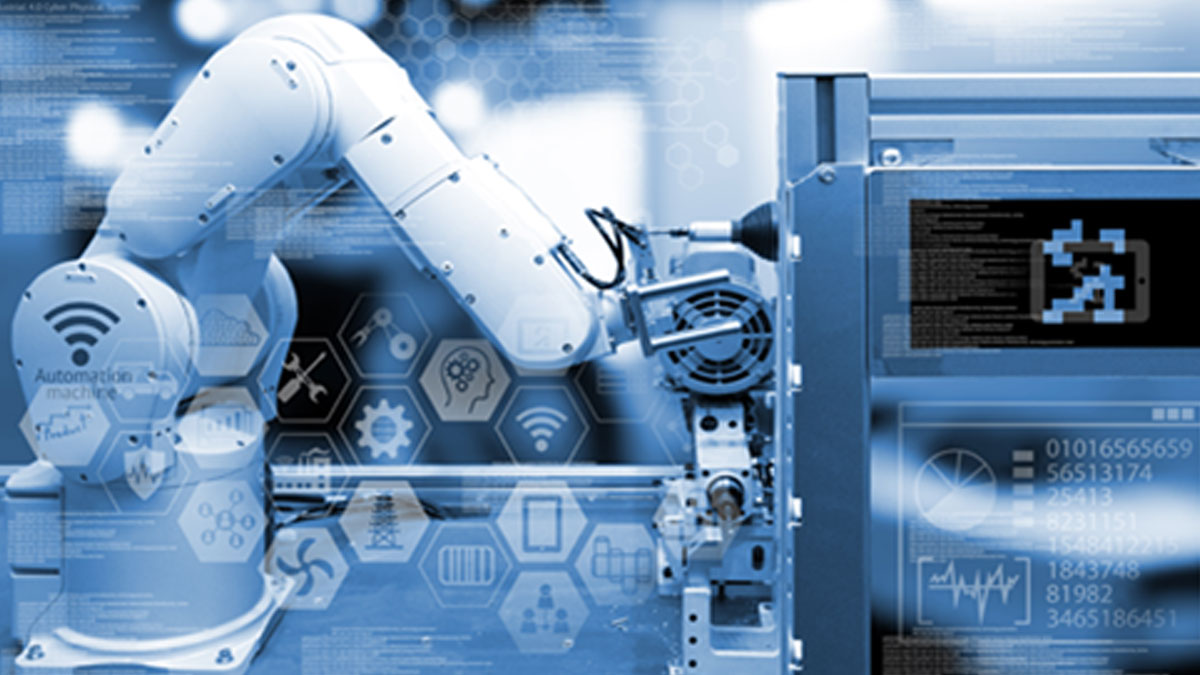Our world is becoming more and more connected every day. What is the definition of the “Internet of Things” and what is the impact of IIoT for manufacturing?
Let’s begin by clearing up the differences between the IoT and the IIoT. Sometimes used interchangeably, there are some important differences to note. First, let’s examine the IoT.
The Industrial Internet of Things (IoT) describes connecting the physical world to the digital world. Specifically this relates to consumer usage. This is where “smart objects” come in. Anything from phones to cars, appliances to your home itself can be an IoT device. These “smart” objects” connect to the internet, passing data to and from those objects.
The IIoT also deals with internet-connected objects. But their use is more specific to industrial applications, such as manufacturing. Where IoT connectivity gives consumers the benefits of convenience, the IIoT connects devices. Thus, it provides greater data visibility, improves performance or enables automation.
In contrast, the Industrial Internet of Things (IIoT) is revolutionizing the manufacturing industry. In truth, manufacturing may benefit more than any other industry or sector. Here are three IIoT trends already beginning to take hold in manufacturing applications.
3D Printing
One trend is 3D printing, also known as additive manufacturing. The 3D process recently began to merge with IIoT to guarantee better product quality. For instance, sensors pick up information from a 3D printer. Then it’s used to determine any production problems.
Asset Tracking and Predictive Maintenance
IIoT helps manufacturers by gathering data from assets positioned throughout the supply chain. Then, the assets relay the information to a central system. These Internet-connected assets are able to communicate with the system. Thus, asset status is always up to date. As a result, this “predictive maintenance” lets a company identify possible defects.
Autonomous Robots
Robotics has been a part of the manufacturing industry for many years. Furthermore, driven by IIoT, its influence will only increase. For instance, autonomous robots are being used by manufacturers for some things. In particular, robots are working alongside humans to achieve efficiency and productivity. They perform actions done by humans to reduce injury. Also, they’re boosting efficiency and accuracy in places like factories and warehouses.
These examples show the practical application of the IIoT in the manufacturing environment. But the benefits are not limited to 3D prints, asset tracking or robots on the factory floor. In fact, the IIoT can provide better data collection and visibility. In turn, these improvements drive smarter business decisions. Meanwhile, the industrial IoT also minimizes downtime and increases productivity.
Radley focuses on streamlining processes and automating data collection in the manufacturing industry. Our Machine Monitoring and PLC Integration solutions bring together the IIoT. If you’re looking to maximize on your data, Radley can help you realize the potential of the IIoT. Solutions include machine connectivity, business intelligence and process improvements. To get started, request your free consultation today.

